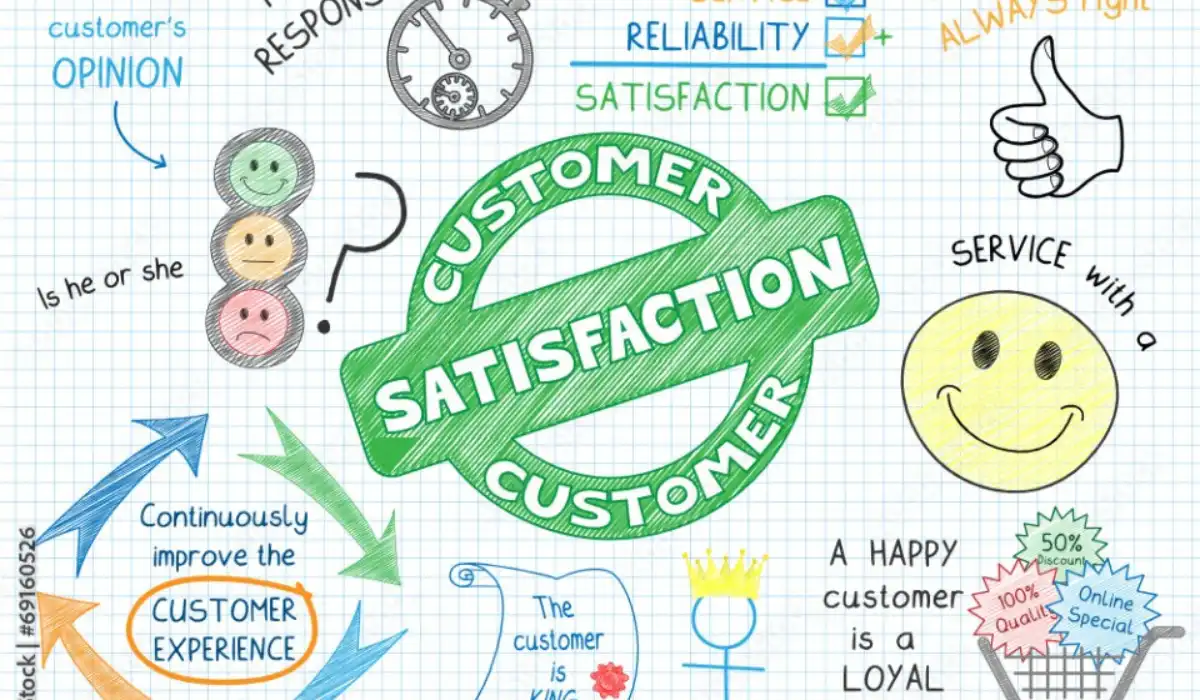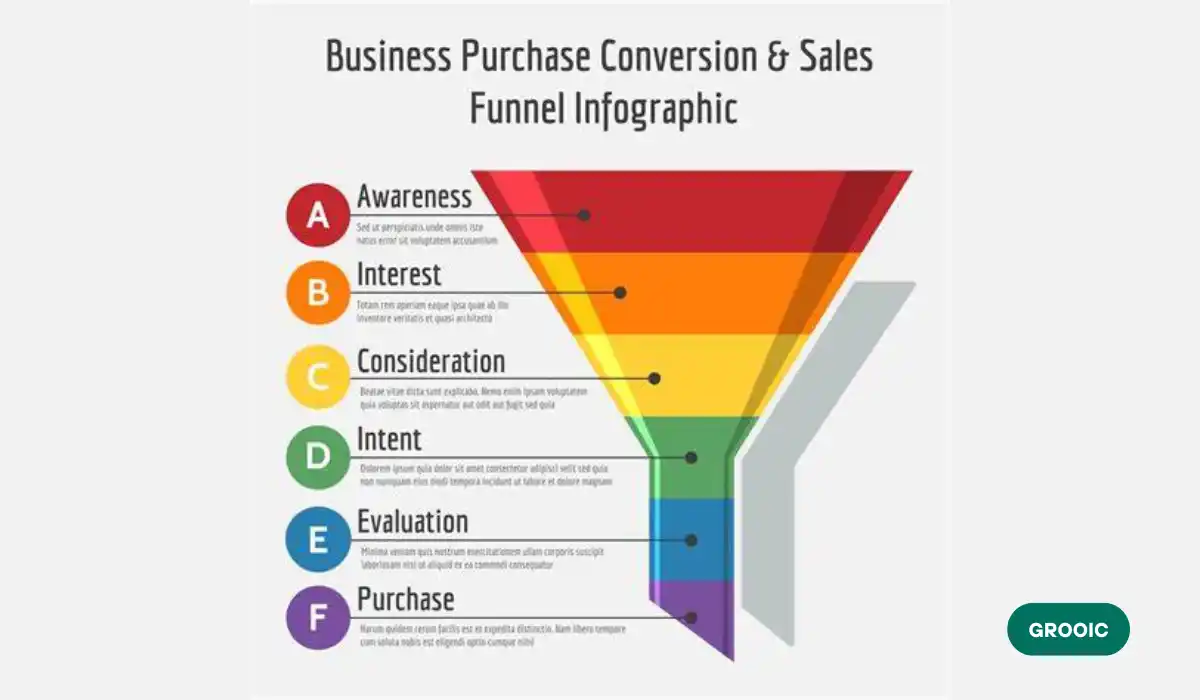Are you looking for ways to improve customer satisfaction?
In this competitive market, keeping customers happy is the main thing a business should focus on. Here are five powerful strategies that will improve your customer satisfaction and increase loyalty towards your brand.
Table of Contents
5 Ways to Improve Customer Satisfaction
- Personalize the Customer Experience
- Offer Timely and Effective Support
- Actively Seek and Respond to Customer Feedback
- Streamline Your Product or Service Delivery
- Exceed Expectations with Quality Assurance
How to Increase Customer Satisfaction?
If talking about how to raise customer satisfaction, to increase customer satisfaction, focus on delivering personalized experiences and providing timely, effective support. Regularly gather customer feedback to identify areas for improvement.
Increasing customer satisfaction can be achieved by processes to ensure fast, accurate service delivery. Services from Grooic for customer feedback management and tracking. Implementing quality assurance measures further helps improve client satisfaction by consistently meeting customer expectations.
Why is Customer Engagement Important?
Customer engagement is a must because it builds long-term relationships and increases brand loyalty. Customer engagement ideas such as,
- Personalized content,
- Interactive platforms and
- Loyalty programs can ensure client satisfaction and bring growth.
Ultimately, how to achieve customer satisfaction often goes into keeping customers engaged and invested in your brand.
Personalize the Customer Experience
Why Personalization Matters
One of the most important aspects of developing long-lasting and strong relationships with customers is personalizing their experience. A company that customizes its product or service for the customers is perceived by these customers.
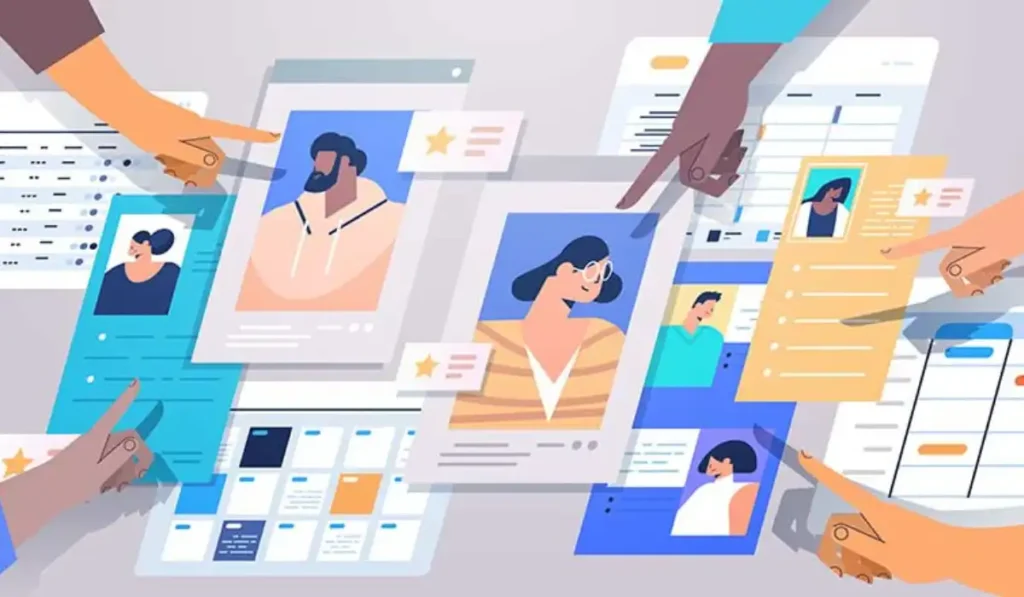
This provides a better level of satisfaction and loyalty, as customers feel more understood. In fact, a study shows that 80% (approx.) of customers are more likely to buy from companies that offer them personalized experiences.
It can include a sufficient personalization of recommendations, individual offers, or a special approach while speaking about a brand.
Methods for Personalizing Experiences
By using data analytics to understand preferences and behavior, businesses can personalize the customer experience. Here we make connections using,
- Email segmentation,
- Personalized product recommendations and
- Targeted content.
Automation tools, such as customer relationship management (CRM) systems, make the personalization process perfect by managing all the required data of customers. Active b2b customer engagement helps businesses better understand client needs, leading to improved service and product offerings.
Moreover, interactive websites and chatbots can direct customers on a customized journey according to their behavior.
| Pros | Cons |
| Enhances customer loyalty and retention | Requires extensive data collection |
| Increases customer engagement | Can be costly to implement advanced tools |
| Provides a more relevant customer experience | Risk of privacy concerns |
| Boosts conversion rates through tailored offers | Over-personalization can feel intrusiv |
Boosting Customer Data for Personalization
how to use customer data to provide more personalized customer experiences. Data collected might be the,
- Purchase information,
- Browsing history,
- Social media sharing etc.
This is where data comes in to assist with personalized offers and experiences that eventually drive more satisfaction.
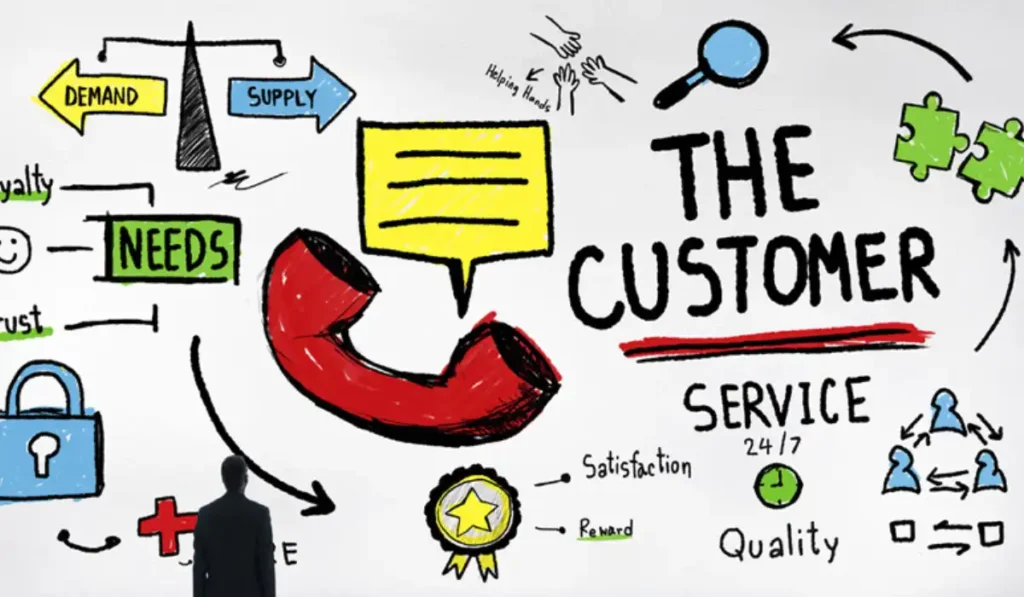
- Collect data through customer interactions, surveys, and feedback.
- Use CRM software to manage and analyze data efficiently.
- Segment customers into different groups based on behavior and preferences.
- Deliver targeted email marketing and personalized product recommendations.
Personalization Through Automation
The customization of customer experience is supported by automation tools such as AI-driven chatbots and personalized email systems. These systems can perform repetitive tasks, which means that businesses can provide people-powered experiences on a large scale without hiring more staff.
- Automate email marketing campaigns with customer preferences in mind.
- Utilize chatbots to deliver tailored recommendations in real time.
- Offer personalized discounts based on customer browsing behavior.
- Implement retargeting ads to encourage customers to revisit your products.
Offer Timely and Effective Support
The Importance of Timely Support
Providing customer support helps customers delay their churn. Others have found that rapid response times frequently keep small problems from becoming frustrations and seem to show users you all care about them.
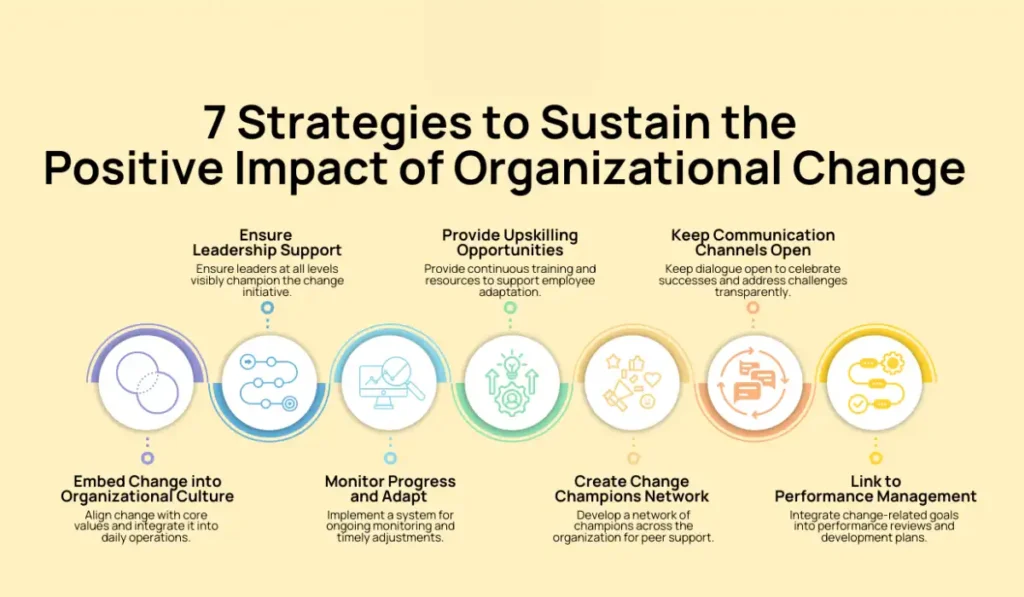
Studies found that 53% (approx.) of the customers are otherwise going to leave a purchase if they do not have a quick answer. This means that they need to have a customer support system that is sound, real-time, and well-equipped.
Effective Support Strategies
High engagement also lowers the Bounce Rate, as satisfied customers are more likely to return and interact with your business. Offering multi-channel support such as,
- Phones,
- Chats,
- Emails and
- Social media gives customers the choice to contact you using any method they prefer.
Providing the customers with the reasons for self-service, such as an FAQ section, is another option that has proven quite helpful. Deploying an AI bot serves a purpose by addressing basic questions, even though more complex problems that would require the services of a person are best handled by a human.
| Pros | Cons |
| Resolves issues quickly, reducing frustration | Requires a robust support system |
| Increases customer trust and satisfaction | Can lead to higher operational costs |
| Prevents small problems from escalating | May require 24/7 availability |
| Improves brand reputation | AI support can feel impersonal for complex cases |
Proactive Support for Customer Retention
Improving customer satisfaction can follow from anticipating the customer’s requirements and taking steps to satisfy the requirements in the absence of any problem. This is because customers will appreciate the efforts of the company to offer solutions to the customers in the fastest way possible.
- Use automated tools to predict potential customer issues.
- Offer live chat support to resolve issues instantly.
- Provide educational resources like FAQs or tutorials to help customers.
- Monitor common problems and address them before they escalate.
Multi-Channel Support Strategy
Because of the availability of multiple points of contact for customers, there are higher chances of meeting the customer’s requests as well as more overall satisfaction.
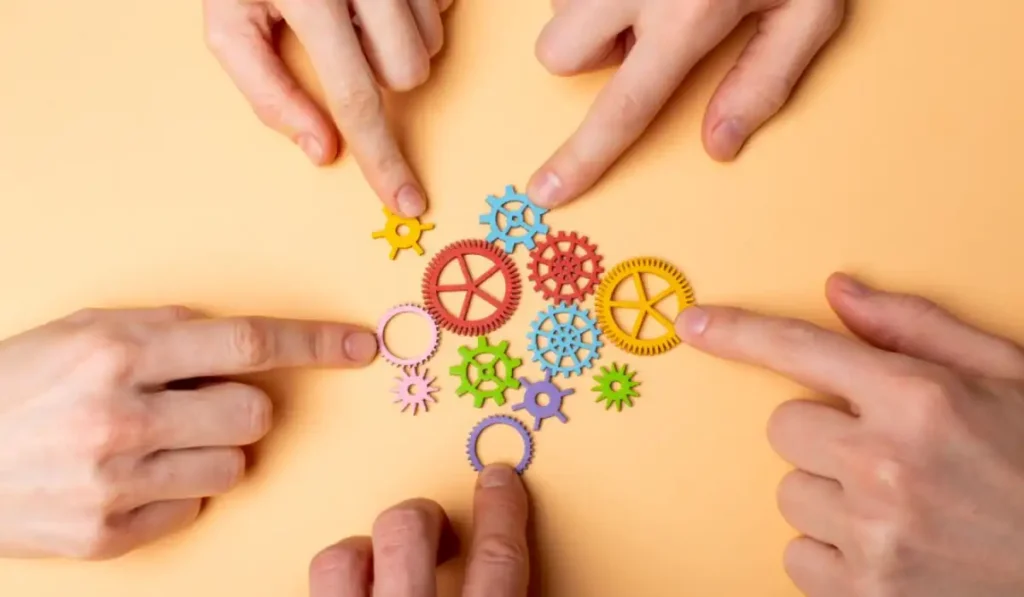
Distance or any circumstance area should never serve as a barrier to phone, whether it is through email, phone, chat, or social media, in which it is very much needed that you are present to solve the problem.
- Ensure consistent service quality across all channels.
- Implement tracking to monitor interactions for better customer understanding.
- Offer self-service options, such as knowledge bases or community forums.
- Integrate customer support software to handle queries efficiently.
Actively Seek and Respond to Customer Feedback
Why Feedback Is Essential
Improved customer satisfaction greatly depends on actively collecting and satisfying customer feedback. Feedback for businesses in knowing which areas need improving and taking the necessary steps.
It has been established that firms that connect with customer feedback within 10% have continuous revenue growth year on year. Institutes can carry out the feedback process in various ways, including using questionnaires, through phone calls, and monitoring other sites.
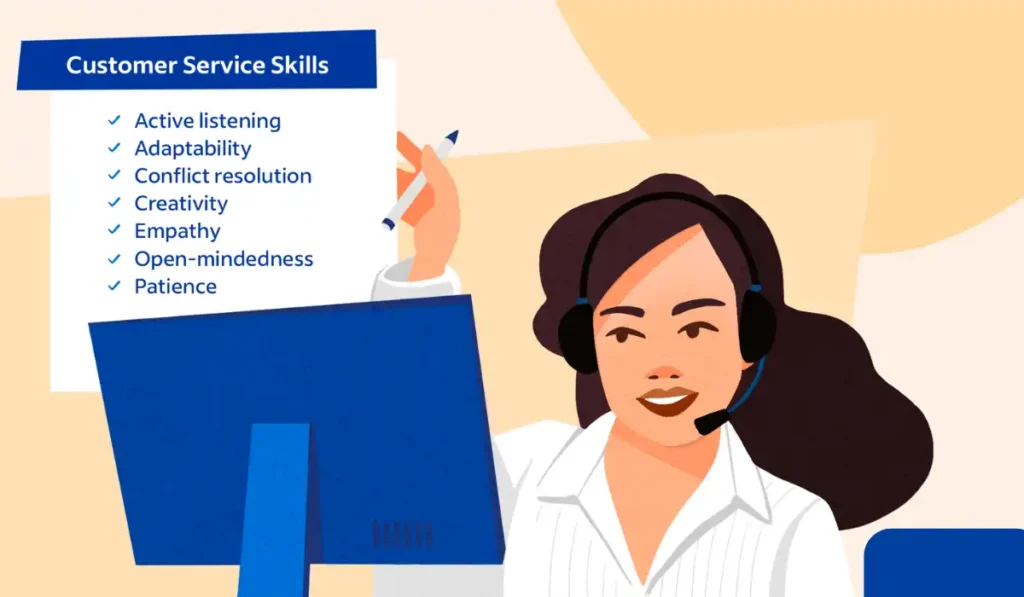
How to Implement Feedback Systems
After understanding this, it is good to say that to collect this information effectively, businesses can therefore use automated systems that make it possible to administer the forms as well as analyze the results after customer interactions.
It goes without saying that feedback, whether it pertains to a complaint, negative experience, or even a positive review, should be acted upon without delay.
Businesses like those that make visible adjustments toward solving problems raised by their clients appreciate and value feedback from their clients.
| Pros | Cons |
| Helps identify areas for improvement | Can be time-consuming to manage feedback |
| Shows customers their opinions are valued | Negative feedback can harm public perception |
| Leads to actionable insights for growth | Requires dedicated resources to implement changes |
| Builds trust through open communication | Handling large amounts of feedback can be overwhelming |
Multiple Feedback Channels
There are various points of customer contact feedback from customers in several ways using customer contact. You can ask for opinions from consumers in as many ways as possible, whereupon everyone becomes a participant.
- Use post-purchase surveys to gather insights on the customer journey.
- Enable feedback forms on your website and apps.
- Encourage customers to leave reviews on social media or third-party platforms.
- Organize focus groups or interviews for more detailed feedback.
Turn Feedback into Action
Apart from the ordinary collection of feedback, more needs to be done, which is what businesses have to be implementing. The change reflects a business’s commitment to its customers that the desire for other feedback has been listened to.
- Create a feedback review process to identify recurring issues.
- Implement product or service improvements based on feedback.
- Communicate the changes to your customers, showing how their feedback shaped the business.
- Regularly check in with customers to ensure the changes are well-received.
Your Product or Service Delivery
The Need for Efficient Delivery
Adding value to product or service delivery is critical to satisfying the customer. Customers want rapid and flawless service. That is the reality of this world. Slow Delivery Times Slowdown can immediately reduce 45% of lost carts, according to research. Wait time and customer retention can be improved by improving operational efficiency for businesses.
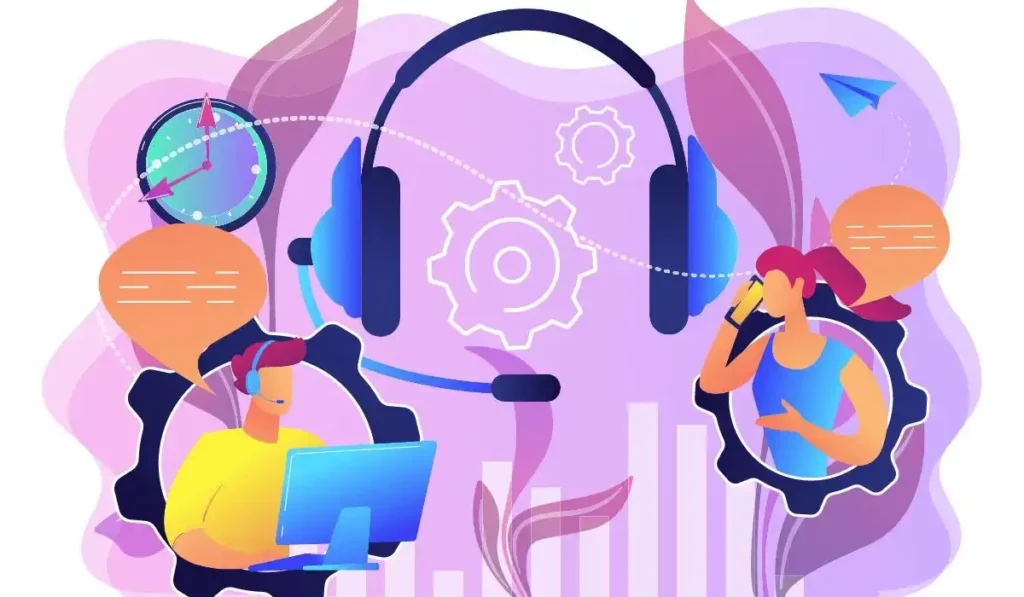
Strategies to Improve Delivery
Automation tools can boost order fulfillment, inventory management & shipment tracking.
In addition, you also need to have a dependable logistic partner for the timely delivery of your products. Furthermore, real-time tracking will inform customers how long it takes your order to arrive, saving them from worrying about when and where their deliveries are.
| Pros | Cons |
| Reduces delivery time, enhancing satisfaction | Can be expensive to overhaul existing systems |
| Increases operational efficiency | May require significant staff training |
| Lowers costs through automation | Risk of technical issues causing delays |
| Improves order accuracy and tracking | Can face logistical challenges with third-party providers |
Improve Process Efficiency
Improving your internal procedures can help you in terms of increasing both the speed and precision of your deliveries. Efficiency brings not only swifter services but also uniformity in quality to the enterprises and their clients.
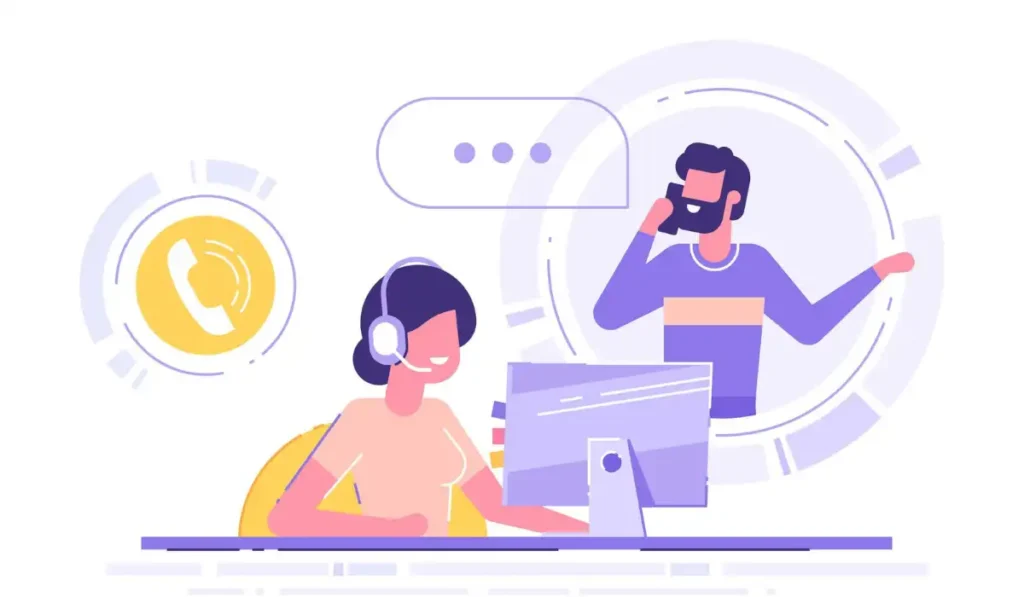
- Use project management tools to oversee delivery timelines.
- Automate repetitive tasks to reduce delays.
- Improve communication across departments to minimize errors.
- Implement quality checks at every stage of the delivery process.
Collaboration with Reliable Partners
It is paramount to have credible suppliers or logistics providers if one aims to deliver on time. Strengthening relations with suppliers diminishes the chances of late or inadequate performance.
- Research partners that align with your business values and customer expectations.
- Set clear communication channels with your delivery partners.
- Regularly assess performance metrics to ensure continued quality.
- Build contingency plans to handle potential supply chain disruptions.
Exceed Expectations with Quality Assurance
Why Quality Assurance Is Critical
Accurate, efficient, and timely quality assurance facilitates the ability to attract the competence of the customer. Clients do not appreciate variances in the type and shelf quality of products or services that they have been used to. Adverse consequences are inevitable.
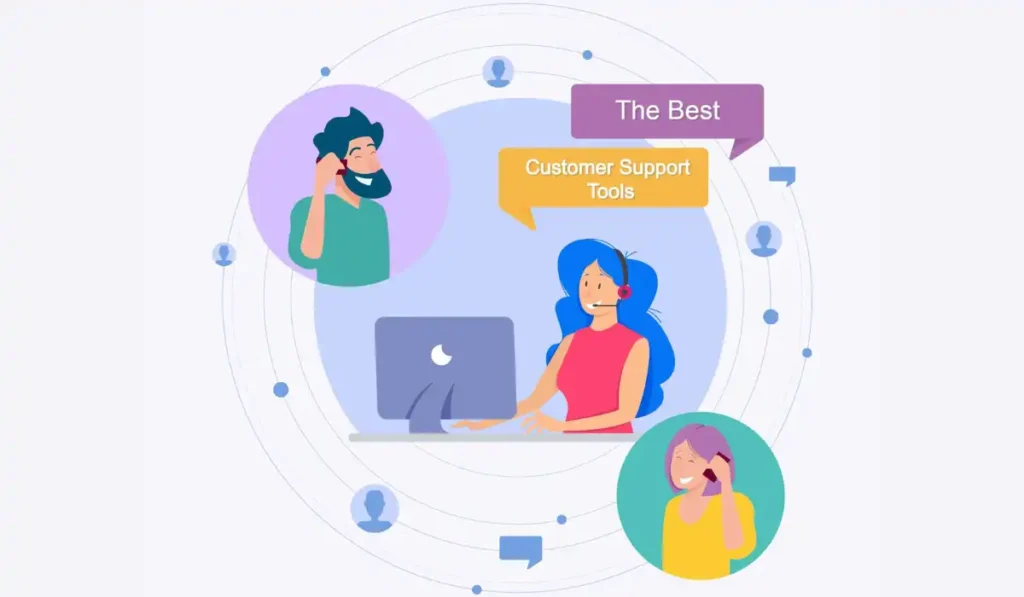
According to one report, this is the reason customers willing to pay more than 86% expect a better experience. When the offerings are optimal, the business receives positive reviews and customer loyalty, which in turn translates to growth.
Implementing Strong Quality Control
There must be quality control measures placed at different stages during or after production or rendering of service for the business to focus on fixing available problems. These can be scheduled within defined time frames, within the internal structures or process or both, and continuous improvement by listening and making changes where needed.
There is also the possibility of repairing a problem since the estimation is done long before any interruption occurs, which assists in maintaining a good level of customer satisfaction.
| Pros | Cons |
| Improves overall customer trust | May require investment in new testing tools |
| Reduces the chance of returns or complaints | Increased production costs for higher standards |
| Enhances brand reputation through consistency | Can slow down the time to market |
| Increases customer willingness to pay a premium | Requires continuous monitoring and updates |
Continual Improvement with Customer Input
Including customer feedback routinely in quality assurance can result in better product and service offerings. Organizations that continuously iterate upon their products due to real consumer input have a strategic advantage over the competitors.
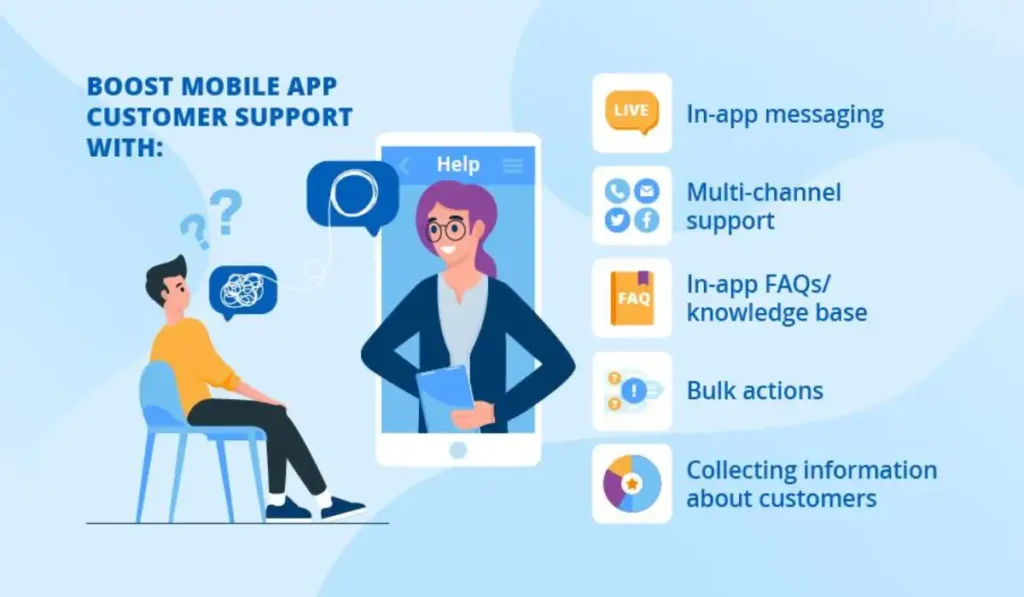
- Implement a system for collecting product performance feedback.
- Analyze complaints to find recurring issues and resolve them.
- Keep testing products or services to ensure they meet updated customer expectations.
- Offer enhanced warranties or guarantees to assure customers of quality.
Competitive Differentiation through Quality
In a world with increased competition, companies are differentiated through their rigorous quality standards. The key to customer trust Customers appreciate predictability and they love companies that deliver the same high-quality article or service time after time.
- Benchmark quality standards against industry leaders.
- Invest in the latest technology and equipment to improve quality.
- Train staff on the importance of quality control and how to maintain it.
- Regularly update your quality assurance processes to match customer expectations.
Case Study
Amazon’s Personalization and Efficiency
One of the companies that comes out as a leader in personalization and speed in delivery is Amazon. It makes use of advanced algorithms to send targeted content to customers depending on what they have been looking at and/or their buying history.
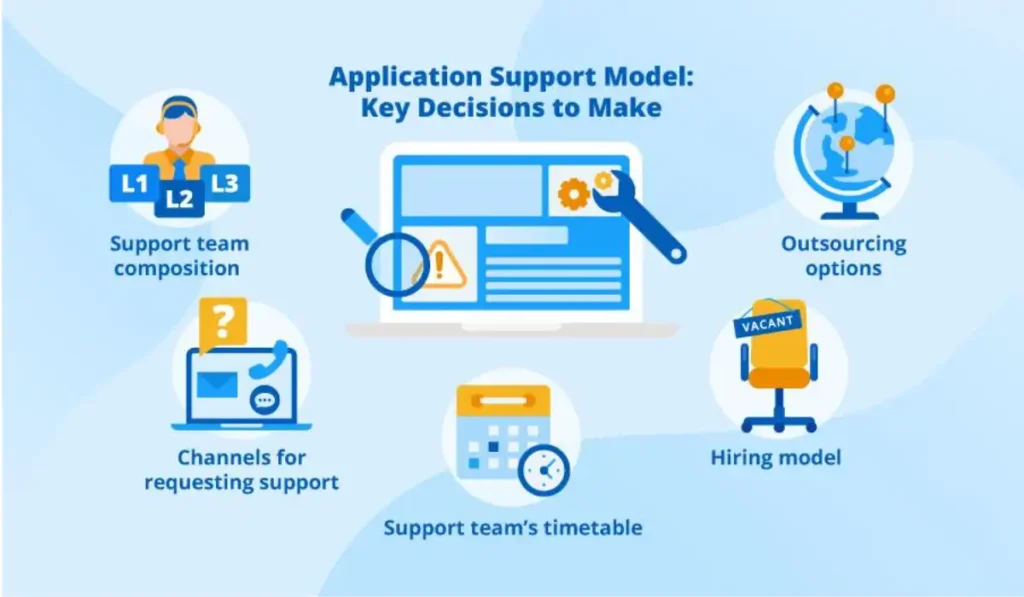
The Prime delivery system is designed such that the customer is able to receive their orders within a very short period, quite often within one day. These strategies have brought about an improvement in customer satisfaction but have also increased the number of Prime members to over 100 million in the industry.
Zappos’ Commitment to Customer Satisfaction
Zappos is synonymous with outstanding and personalized customer service and goes further to speak about serving customer needs better than most of the competitors. They do not charge for shipping, have a one-year period for returns, and do not close their customer service for 24 hours every day.
Through that, they have managed to win customers across markets who appreciate service. Their model speaks about how customer expectations can be surpassed with better quality and personal experiences and customer satisfaction and loyalty over time.
Analytical Data Table
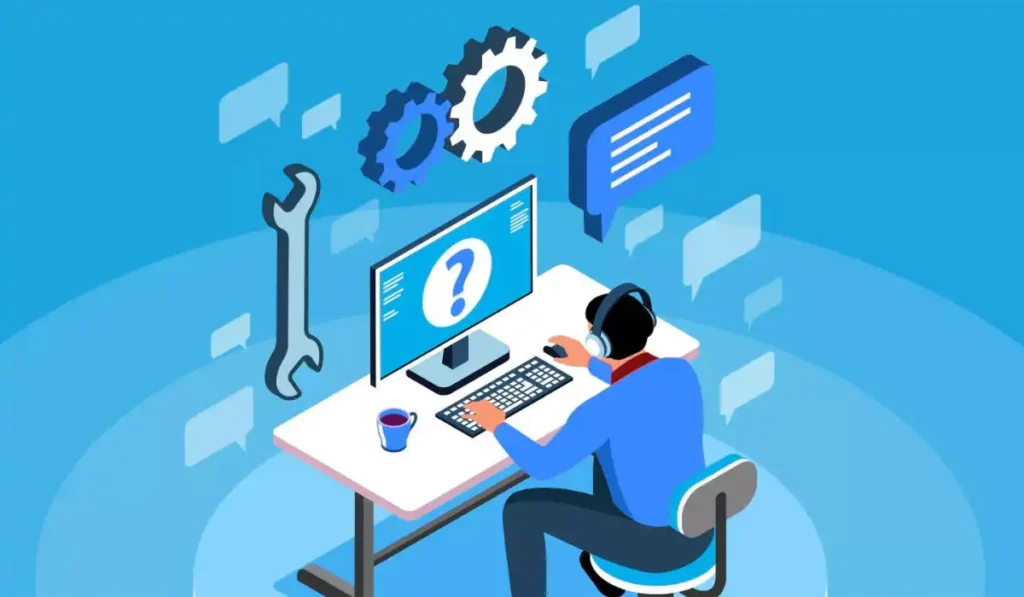
| Method | Impact on Satisfaction (% Increase) | Supporting Data |
| Personalization | 80% of customers prefer personalized services | Source |
| Timely Support | 53% higher retention with fast support | |
| Customer Feedback Implementation | 10% annual revenue growth | Source |
| Streamlined Delivery | 45% cart abandonment due to slow delivery | |
| Quality Assurance | 86% willing to pay more for quality |
By implementing these methods, businesses can dramatically improve customer satisfaction and long-term loyalty.
At The End
Improving customer satisfaction is important for long-term business. By implementing these five strategies, you can create a positive customer experience, gain loyalty, and increase engagement.
Continuously listening to your customers’ feedback and maintaining a high-quality service will keep your business ahead of the competition. This will help you to gain satisfied and returning clients.
FAQs
How does personalization improve customer satisfaction?
Personalization shows customers that you understand their needs and preferences. This creates a tailored experience that makes them feel valued. As a result, it builds stronger relationships and increases satisfaction.
What role does customer feedback play in satisfaction?
Customer feedback helps businesses understand what is working and what needs improvement. By listening and acting on feedback, companies can address issues quickly and enhance customer experience. It also shows that the business cares about its customers’ opinions.
Why is timely support important for customer satisfaction?
Fast and effective support resolves customer issues before they escalate. It reduces frustration and demonstrates that the company values its customers’ time. Providing timely support leads to greater trust and long-term satisfaction.
How can a business exceed customer expectations?
Exceeding expectations involves going beyond the basics to provide added value. This could be in the form of exceptional service, unexpected perks, or faster delivery. Customers are more likely to remain loyal when they feel you’ve gone the extra mile.
What are some common mistakes that negatively impact customer satisfaction?
Common mistakes include poor communication, long response times, and failure to address complaints. These issues can lead to frustration and distrust among customers. Avoiding these mistakes ensures a smoother, more satisfying customer experience.
How does quality assurance affect customer satisfaction?
Quality assurance ensures that products and services meet customer expectations consistently. High-quality standards lead to fewer errors and a more reliable experience. This builds trust and fosters repeat business.

